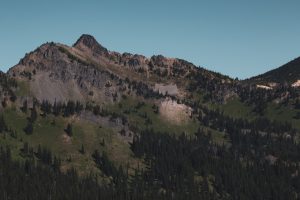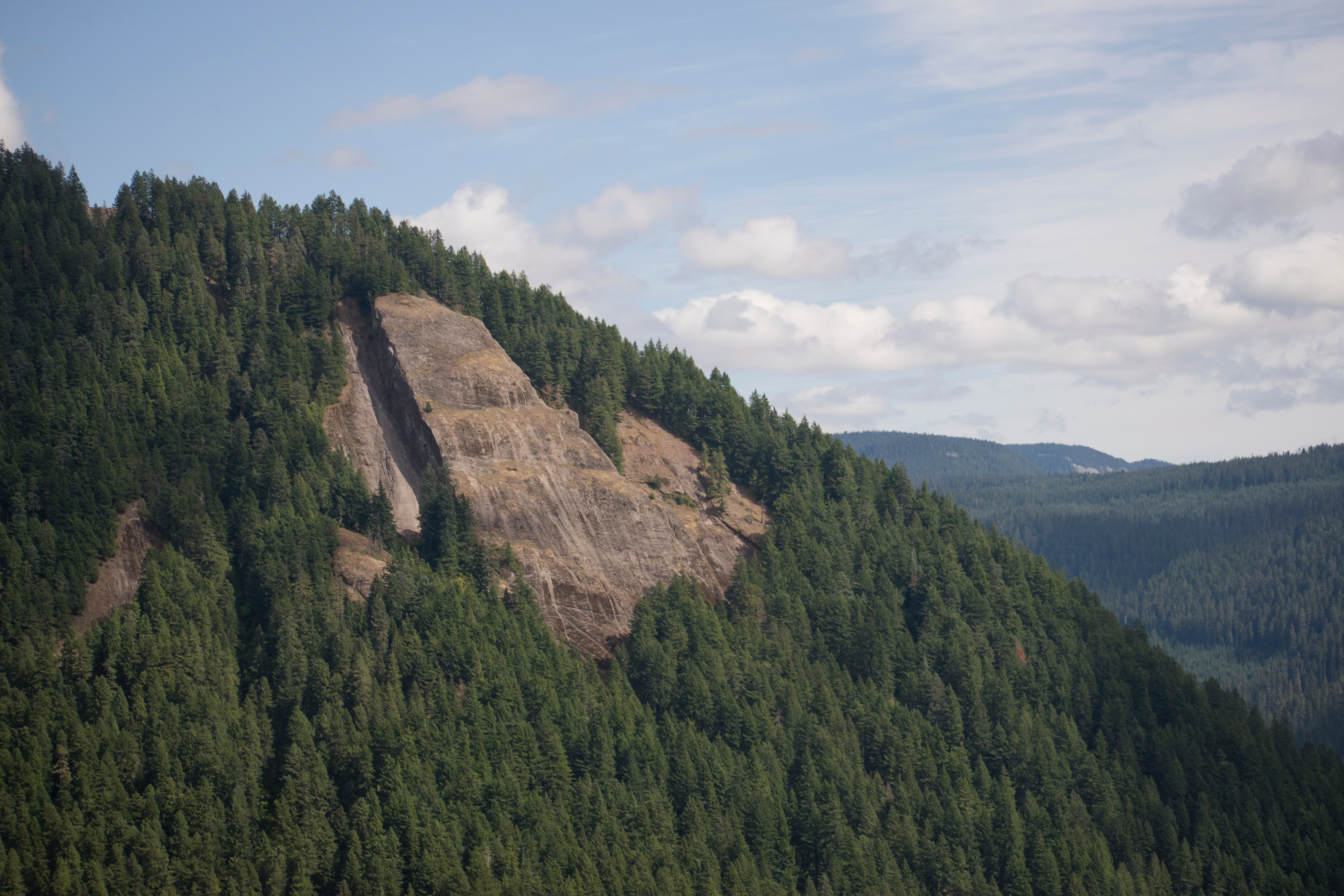Opioid treatment center met with ‘not in my backyard’ opposition.
Brent Simcosky , an advocate for the generations of families from the Jamestown S’Klallam Tribe that had invested in schools, farming and aquaculture, has multimillion-dollar tribal and state commitments to finance a state-of-the art outpatient opioid treatment and healing center that would combine native practices with counseling, medical care, and medication-assisted treatment. The facility envisioned by Simcocky would also include a meditation area and reflecting pool, and a view overlooking the mountains.
In Washington, with 29 federally recognized tribes, Native Americans have died of opioid overdoses at a rate “nearly three times higher than that of nonnatives,” according to the Centers for Disease Control and Prevention (CDC). For heroin alone, it was “four times higher,” the same federal data shows. The treatment facility would cater to both natives and nonnatives across two counties.
In May 2019, the tribe bought the land they needed to start planning. But a group of local residents soon gathered together to block its inception, arguing that Sequim was no place for a regional opioid treatment center. When tribe leaders called a public meeting to present their plan, more than 1,000 people showed up to speak their mind.

Jodi Wilke, one of the founders of Save Our Sequim (SOS), said, “The issue has never been about need, the importance of helping to root out addiction in the community. The problem, she said, is location.”
SOS members worry a treatment facility would draw too many outsiders struggling with addiction into a small community without adequate the resources to manage this. They predict an increase in the crime rate and a reduction in tourism and housing prices.
“The site itself,” Wilke said, “is too close to a neighborhood and senior housing. The thing that bothers me is that they would use us as if we are bad people trying to keep folks from getting care, and it is absolutely not what we’re about at all. But [we are] looking at the picture of a small town without the ability to provide for the influx.”
A year later, the tribe leaders are still in the middle of a contentious zoning debate with SOS.
“The Native Americans want to get all of America back,” reads one comment on the SOS Facebook group page, which has about 2,500 members.
Another reads, “They will buy the town and turn it into [an] Indian Reservation!”
Between 2006 and 2014, opioid distributors shipped 2.4 billion prescription pain pills to the state of Washington, and no other county saw more overdose deaths from pain pills per capita than Clallam. Simcosky is not a tribe member, but after seven years as its health director said, “We needed to heal people.” And he is determined to do just that.
On the other side of the fence, Wilke, a licensed practical nurse, is worried about the looks of distress on the faces of those fighting against the facility. “They felt that typical powerlessness and despair when they find out they’re going to have something done that they don’t have any control over,” she said. “David and Goliath for sure.”
Sources:
Sequim neighbors fight to block tribe’s plans for an opioid treatment center


Join the conversation!